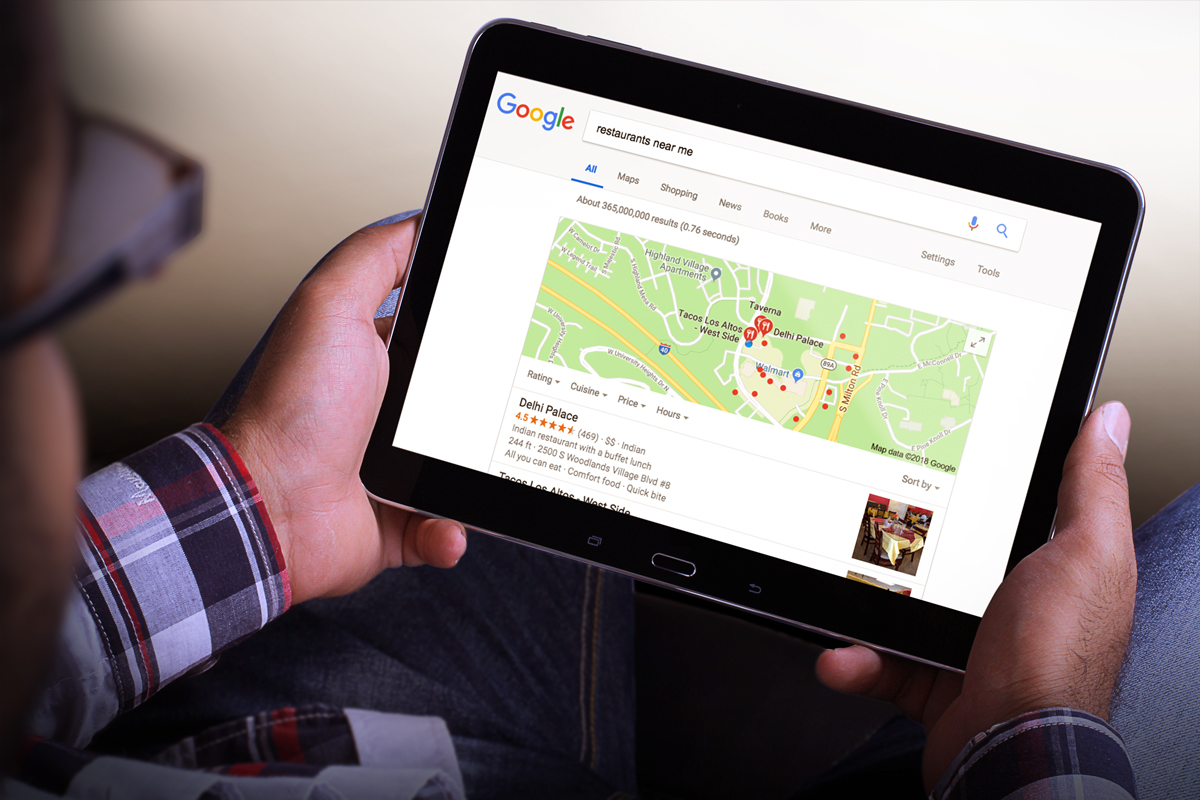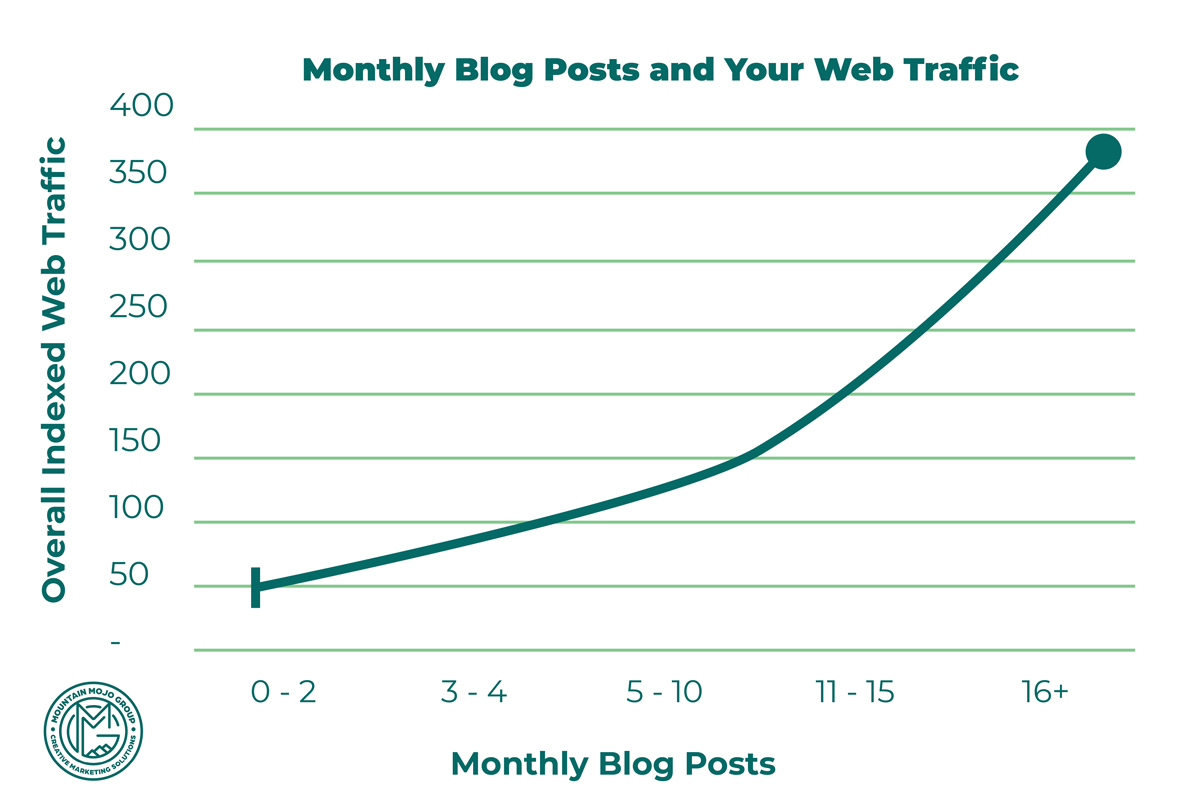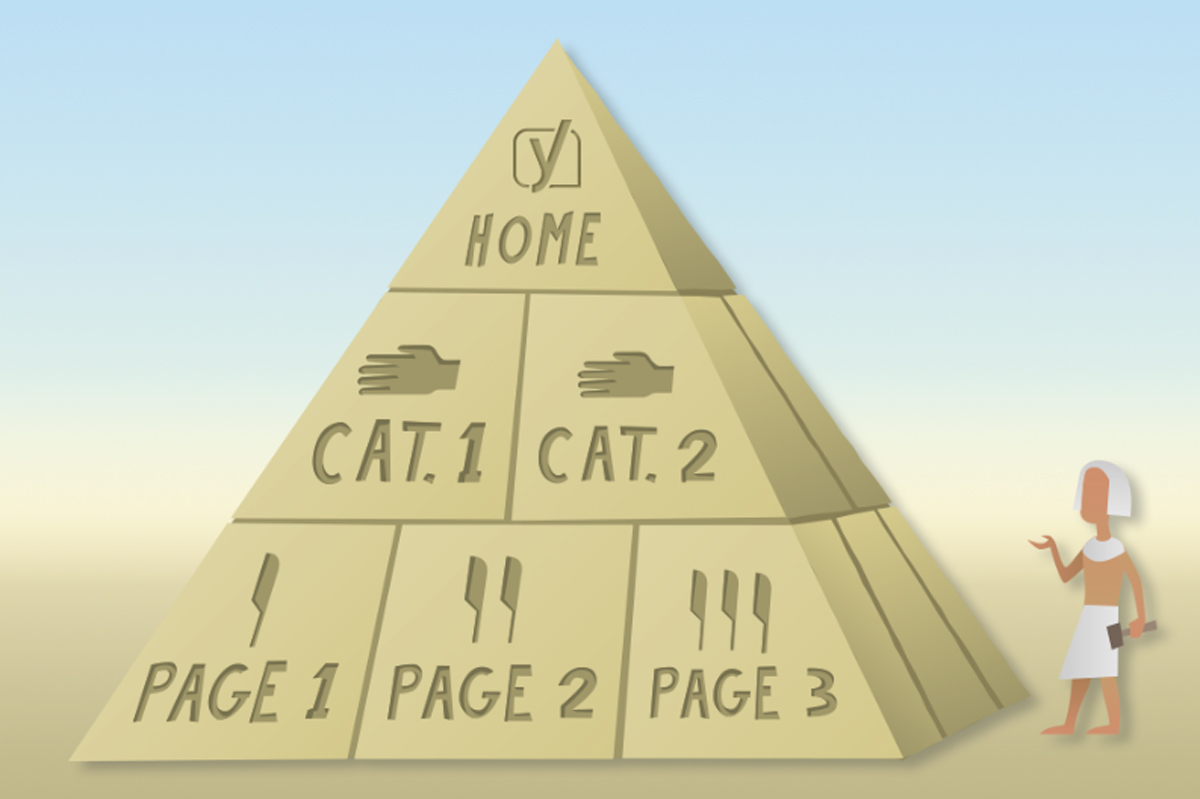Mountain Mojo Group has worked with small businesses throughout the state of Arizona in a variety of cityscapes- from rural towns like Camp Verde, Show Low, and Page to major city hubs like Phoenix, Tucson, and Flagstaff. Many of our Clients in rural towns are interested in SEO and ranking well against their competition. We often are asked questions like,
- “how difficult is it to rank in a small town?”
- “Is SEO truly different in small towns versus larger cities?”
- “If so, how is it different?”
In this month’s blog, we decided to take these questions head-on. We will discuss the differences between local and national SEO, important lessons and factors that apply to both, and how you can optimize your small-town website to compete with the best of them! We hope you enjoy.
What is local SEO anyways?
Local SEO, in the simplest form, is optimizing your business’ website so you can be found for relevant searches by individuals who are located in the same area that your business is located. For example, if I were a coffee shop in Flagstaff, I would optimize my website and SEO so individuals in Flagstaff can find my business online when they are searching for “coffee near me.” Yoast, an SEO industry expert and partner of Mountain Mojo, has a great eight-part series on what local SEO is and how it works.
Whether you’re focused on local or national SEO, these elements are still important:
Regardless if your business wants to rank in a rural town or in New York City, the following tactics and techniques are necessary and should be part of your web and SEO foundation:
Website structure, speed, and mobile responsiveness is important
Having a lean, mean, mobile, and fast website is a huge priority- if you’re Amazon or Joe’s Coffee and Donuts.
A good site structure means a better user experience
With a good site structure that organizes your pages in a simple and intuitive way, your site is easier to navigate as a user and to find relevant information. The better experience you create for your users, the longer they will stay and revisit the site, and your likelihood to be crawled and ranked higher with Google goes up.
Slow website? You’re missing out on traffic!
How many times have you left a site because it was too slow? You’re not alone! According to Bitcatcha:
- 47% of people expect a site to load in less than 2 seconds
- 40% will abandon the site if it takes longer than 3 seconds
- Amazon did tests that showed they would lose $1.6 BILLION every year if they slowed down by just one second
- In addition, Google will reduce the number of crawlers that are being sent to your site if it loads in more than two seconds
- That means Google is less likely to pick up your latest blog post, or any of your other site or content updates
Content is still king
Ahh, that famous Bill Gates quote from 1996. Is content still king? In fact, content is even more, a “king” than it was even 10 years ago:
“Content is king. You’ll hear that phrase over and over again when it comes to SEO success…get your content right, and you’ve created a solid foundation to support all of your other SEO efforts” – Search Engine Land
There is a direct correlation between content and how well your website ranks. SEMRush found in a recent study that the more content pieces you have, the higher your ranking is. Having a large presence of content in the form of blog posts and copy throughout your pages is more important than ever to get your site to rank.
On-page elements still matter
In the same study by SEMRush, it was also determined that keywords within your site’s copy and in the back-end (meta descriptions, title tags, alt attributes, etc.) still impact your organic ranking. On-page elements like keywords are not as important in determining your ranking as is content, backlinks, or behavior of your site visitors, but are still a huge factor.
What’s different about local vs. national SEO?
Odds are, if you’re a local business in a small town or city and have a solid web and social media presence, you’re ahead of the curve. That’s great news! But before you celebrate and liken yourself to a web/SEO Yoda, there are still some differences between local and national SEO work that you need to consider:
Heavy focus on citations
With local SEO, obtaining citations wherever you can is a strategy you should adopt. Generally speaking, a citation is any place online where your business’ name, address, and phone number (known as your NAP) are listed. Search engines love citations- it creates trust within your own site, and search engines boost rankings for sites that have a lot of citations.
Reviews weigh more
Reviews on the citation sites listed above have a direct impact on local search rankings. In short, search engines trust your customers more than they trust you. In addition, responding is as important as obtaining reviews in the first place. Not only do search engines love sites with reviews and good reputation management and responses, but so do other users! 93% of customers say that their buying decisions are impacted by online reviews.

How to rank local- low hanging fruit:
So you’ve learned all about local SEO, and you’re probably ready to dominate your small town on the internet. Assuming you’ve taken care of the essentials from up above- here’s what you can do right now that will move the online web traffic needle:
Go get citations and reviews!
Citations are often free and easy to fill out. Each citation takes 10-20 minutes to fill out. We recommend creating a master spreadsheet with all of your business information on it so you can copy and paste it.
Here are some examples of the top citations your site needs (varies per your industry):
- Google My Business
- Bing Places
- BBB
- Apple Maps
- Foursquare
- Factual
- Yelp
- Meetup
- Best of the Web
- Houzz
- Citysearch
- TripAdvisor
- YellowPages
In addition to the main citations listed above, you need to get your site onto other citations like local or geographic business directories… here’s the kicker, though- if you live in Phoenix or Los Angeles, there are plenty of geographic directories available…in a small town or city…the only other directory that might be available is the Chamber of Commerce!
If that’s the case, you might have to take advantage of getting those links from local authorities like the local high school, community college, city hall, library, etc. More on that in the next section!
Once you get your core citations set up, we recommend installing a local business Schema markup so the other 10 million-jillion citation sites can obtain your business information directly using code found in your site footer. Here is a great resource where you can create that Schema mark-up in about two minutes:
https://microdatagenerator.org/localbusiness-microdata-generator/
Respond to every comment!
Make sure you are responding to every comment- good, bad, neutral. Always encourage individuals to visit or purchase from you again!
Fill out your social media profiles and get to posting!
Seems obvious but make sure you have your social media profiles completely filled out: the about section, contact information, address, hours, etc. Once that is done, get creating! Your posts should be engaging, produce conversations with your fans, and be relevant to your market. Remember, every post is a reflection of your business. Make sure you are regularly tracking your posts’ reach and clicks to find out what works and what doesn’t- never stop fine-tuning your strategy!
How to rank local- how to kick it up a notch!
You’ve taken care of the low-hanging fruit, and now you’re ready to crush the local SEO world. Maybe after these steps, you can call yourself a web/SEO Jedi Master…not Yoda yet…! Here’s how you can step up your SEO game:
Content, content, content
Adding additional content is going to feed the search engines lots of keywords and links for your products and services. It’s no surprise that sites that regularly update content in the form of blog posts, new copy, or new pages see dramatic increases in rankings and web traffic.
In fact, companies that published 16+ blog posts per month got almost 3.5x more traffic than companies that only published between 0-4 monthly posts. As a result, those companies that published 16+ posts also saw 4.5x more leads.

Source and inspiration: HubSpot
Get more backlinks
Besides citations and reviews, backlinks from local authorities might be your best strategy to get links. As mentioned prior, local authorities can include:
- the local high school
- community college
- city hall
- library
Rather than reaching out directly asking, “can I get a link to my website from yours?” be more strategic! See if you can sponsor a local event, organization, or business. Those are easy ways to get backlinks from those authorities- plus, you’ll be doing a service to your community (which is much more important)!
Besides sponsoring or assisting your community, see if you can get in your local newspaper- either through guest writing or through a press release. News teams love guest content and a good story to share with the community.
Expand your social media presence
By now, you probably have the essentials: Facebook and Instagram, but have you thought about what else is out there? What about LinkedIn, Pinterest, SnapChat? With a major change in social media use by Millenials and the subsequent generations, users can be found on a multitude of social media platforms. It might be worth expanding your social media presence. Plus, every new platform is another citation and a new source of backlinks!
Analyze, make adjustments, and go-go-go!
What is SEO without analyzing and making adjustments? On a monthly basis, you should be digging into Google Analytics, Google Search Console, and Bing Webmasters (at an absolute minimum) to look at your rankings and traffic. You shouldn’t make any major adjustments without learning what your online visitors are doing on your site and how they got there.
Once you deduct some information about your visitors and their behavior, adjust your SEO strategy, update your site’s copy, write new content, post more, respond to reviews, and comment more!
TL;DR
Small-town SEO is not as complicated as it seems. You are trying to provide as much information to both your users and search engines, so they can find information about your business and industry and decide what to do next. Make sure your site:
- Has a good site structure
- Is fast and mobile-friendly
- Gets regular updates with new content: posts, copy, and/or pages
- Has good on-page SEO elements
- Is connected to as many citations and backlinks as possible
- Works hand-in-hand with your social media content
If you keep the tactics we’ve outlined when you are looking at your web presence and how to improve your rankings, you’ll be just fine in your small town!

Mountain Mojo Group is located in Flagstaff, Arizona, and provides top-quality marketing solutions and design! Our team works with small to medium-sized businesses all across the state of Arizona, providing a variety of marketing and design services, including social media management, photography, videography, strategy, web design, graphic design, SEO, and paid search engine marketing. Our team of creatives is ready to tackle your next marketing project. Contact our team today at (928) 440-5301 or stop by one of our offices in northern Arizona.


 Source: Yoast
Source: Yoast